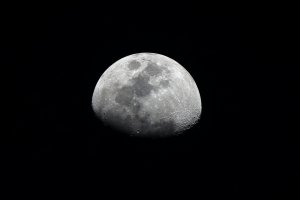I have a 600D and 700D ( T3i, T5i ) and occasionnally shoot northern lights with fast lenses ( Tokina 11-16/2.8 , Rokinon 16mm/2.0 , EF 50/1.4 ) . I know that EOS 6D and 5D2 are much better for low-light, but they are too expensive for me, so ... So I wonder which is the crop-DSLR that would have the best results specifically in low-light / night photography at ISO 1600 ? Which among these 4 cameras results in the least 'noise' when shooting at ISO 1600 ?
700D (T5i )
750D (T6i )
760D (T6s)
70D
80D
normally I would think the newest, the 80D, would get the best results.... but is that really so ?
and second question : if I had to choose only between 700, 750, 760, 70D ( not including the 80D ), which one would be better ? Is the older 70D better than the newer 760D when shooting at night in 1600 ISO ?
THANKS for your time and comments.
700D (T5i )
750D (T6i )
760D (T6s)
70D
80D
normally I would think the newest, the 80D, would get the best results.... but is that really so ?
and second question : if I had to choose only between 700, 750, 760, 70D ( not including the 80D ), which one would be better ? Is the older 70D better than the newer 760D when shooting at night in 1600 ISO ?
THANKS for your time and comments.

